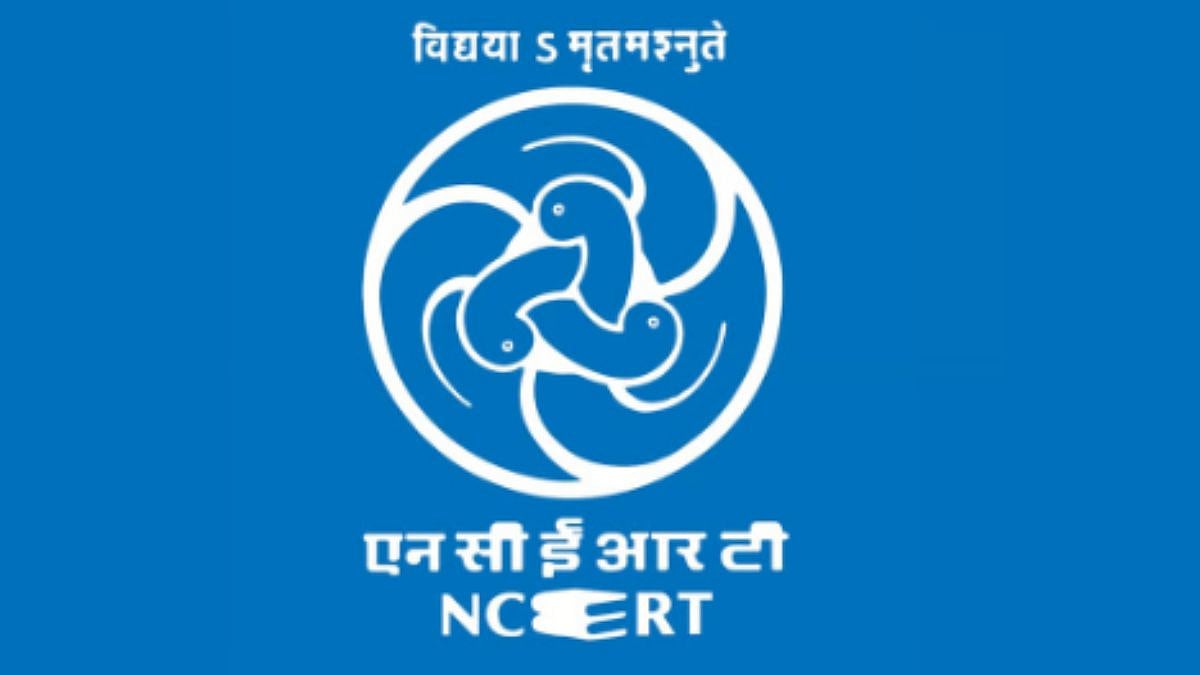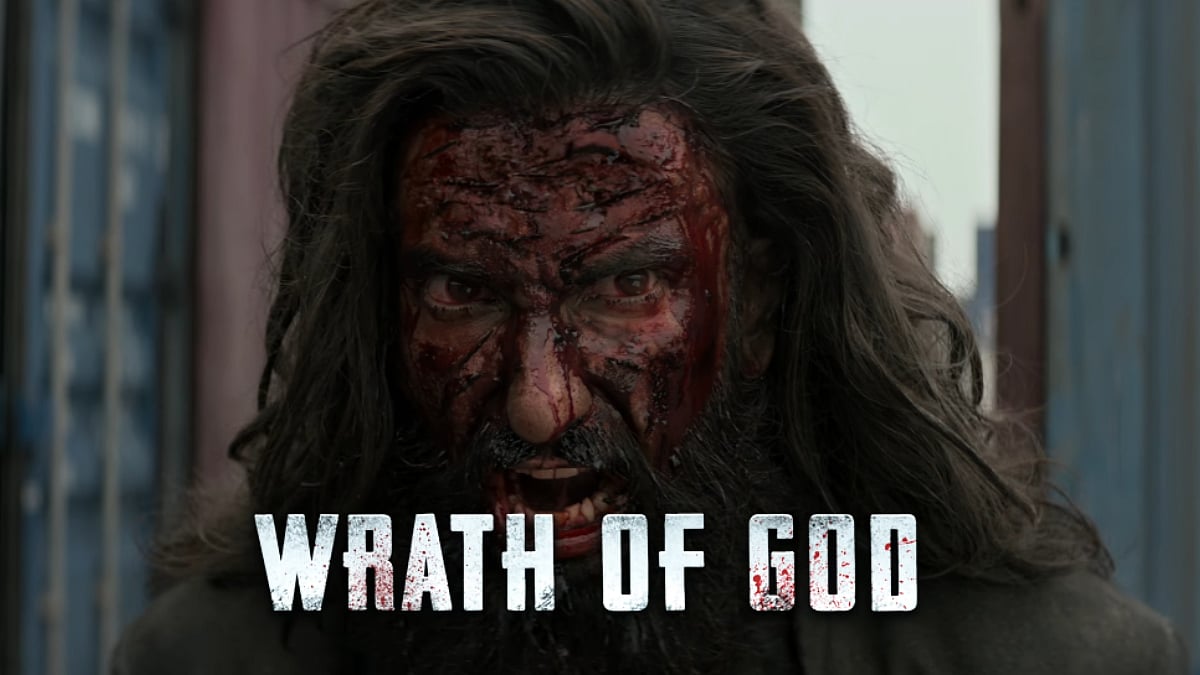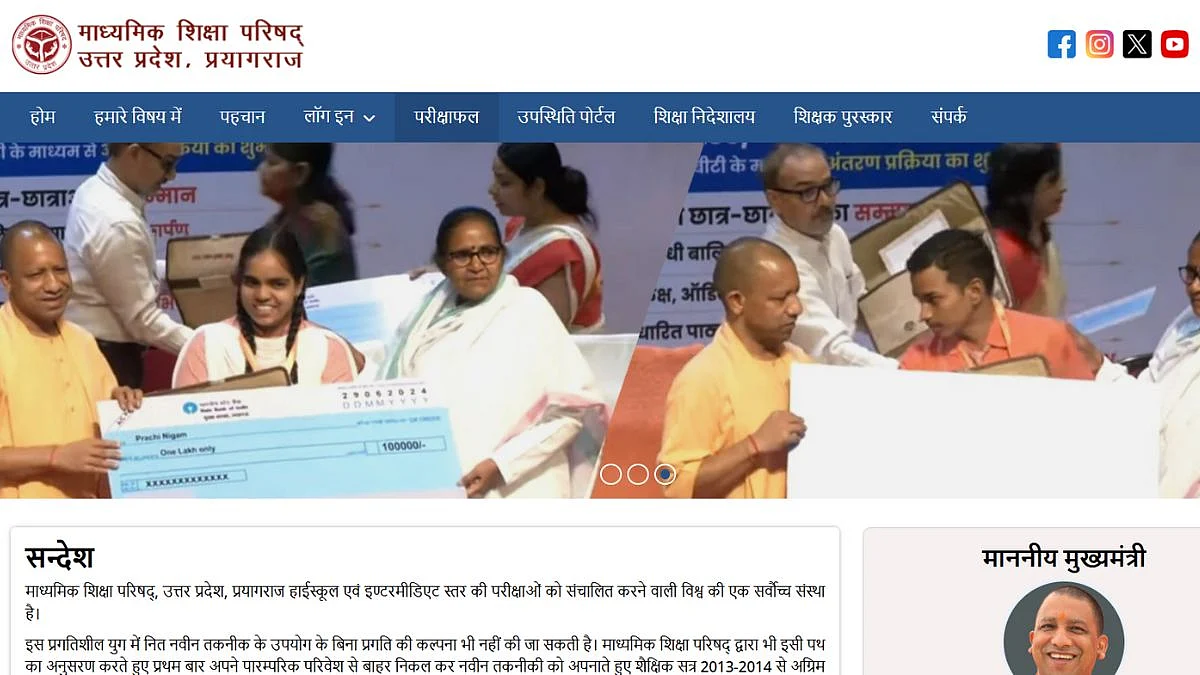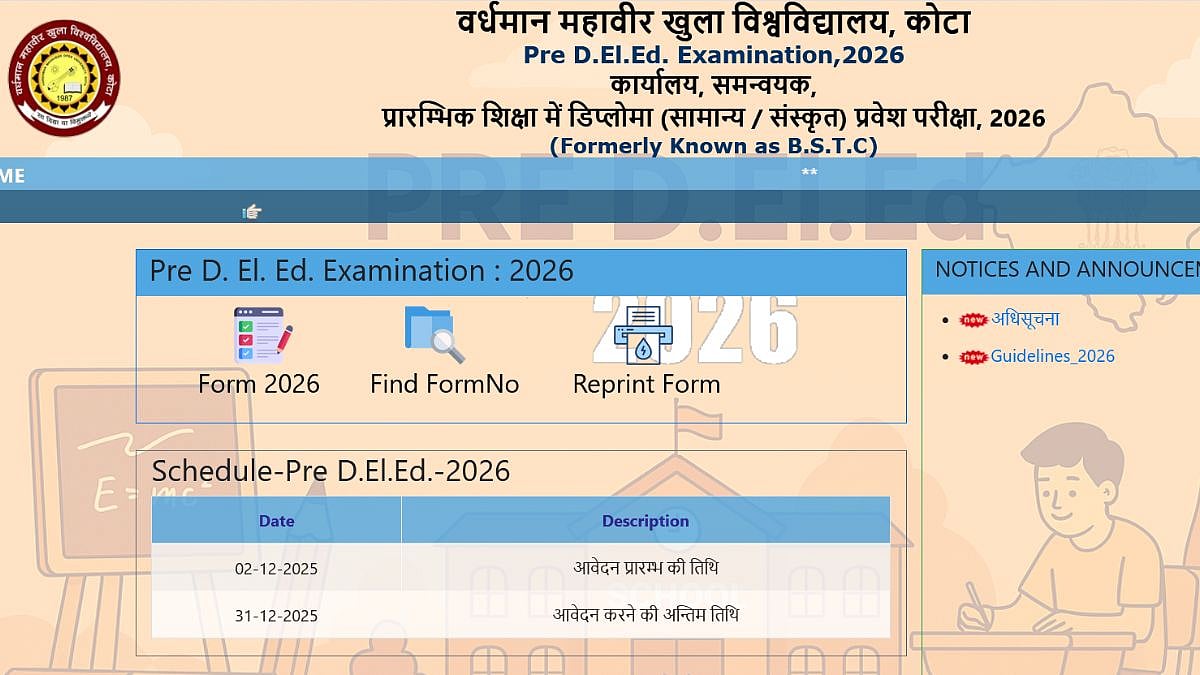New Delhi: From carrying rockets on bicycles and bullock carts in the 1960s to landmark space missions like Chandrayaan and Gaganyaan, India's rise among the global space powers is now part of NCERT's special modules.
About The New Modules
Two modules titled 'India: A rising space power' highlights how the Indian National Committee for Space Research (INCOSPAR), set up in 1962 under Vikram Sarabhai, grew into the Indian Space Research Organisation (ISRO), which went on to script achievements that have placed India among the leading spacefaring nations.
"India's first rocket was so small and light that its parts were carried on bicycles and bullock carts. Scientists chose bicycles and bullock carts for the purpose! Motorised vehicles like cars and trucks create electric and magnetic fields that could disturb the delicate rocket equipment. So, using simple transport kept everything safe," the module read.
The two modules -- one catering to middle-stage students and the other to secondary students -- pay tribute to India's astronauts, Squadron Leader Rakesh Sharma who became the first Indian to travel to space in 1984 on a Soviet mission, and Group Captain Shubhanshu Shukla who in June 2025 became the first Indian to stay at the International Space Station.
The modules also feature a quote from Prime Minister Narendra Modi, which says, "Space may seem distant, but is an integral part of our daily life. It derives our modern communication and connects even the remotest family to the ordinary. India's space programme is a perfect example of our vision of Scale, Speed and Skill".
The modules list several landmark missions, such as Chandrayaan-1 (2008), through which water molecules were discovered on the Moon; Mangalyaan (2013), which made India the first Asian country to reach Mars and the first in the world to succeed on its first attempt; Chandrayaan-2 (2019), whose orbiter continues to provide critical lunar data; and Aditya-L1 (2023), India's first solar observatory at Lagrange Point-1 that studies the Sun's outer atmosphere and solar storms.

They also talk about the upcoming NASA (National Aeronautics and Space Administration)-ISRO NISAR satellite, which will offer high-resolution data on Earth's ecosystems, ice cover, and natural disasters by surveying the world once every 12 days.
(Except for the headline, this article has not been edited by FPJ's editorial team and is auto-generated from an agency feed.)









